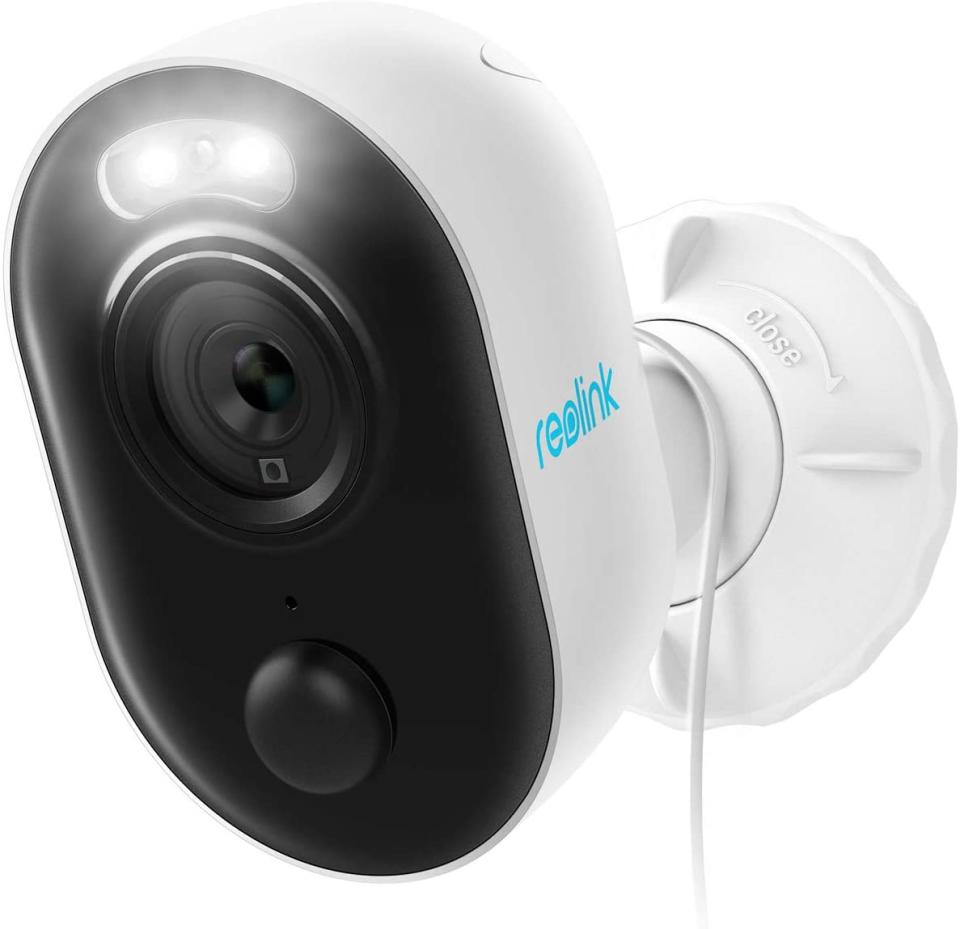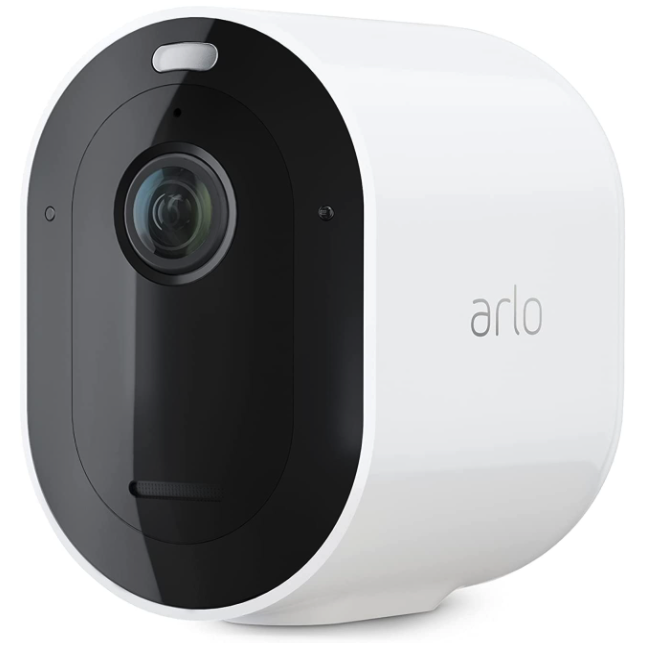Camera Shopping? Here’s the Difference Between SDR, HDR and WDR

If you purchase an independently reviewed product or service through a link on our website, SPY.com may receive an affiliate commission.
Whether you’ve been planning on outfitting your home with the best home security camera for some time, or a more urgent need for surveillance requires the immediate installation of an outdoor camera, it’s important to know what your “seeing-eye” gear is capable of.
Today's Top Deals
Get 20% off on This Best-Selling Inflatable Camping Mattress
Price Drop: Amazon's House Brand of KN95 Masks Are Now Just $0.50/Each Today
This Is the Cheapest We've Seen This Best-Selling Infrared Thermometer on Amazon in Over a Month
While features like two-way talk, floodlights, and motion detection are certainly important, you’ll also want to be mindful of what processes (if any) your camera will use to create vivid images in situations where lighting isn’t exactly ideal.
Image-processing features are often summed up by three industry acronyms: SDR (Standard Dynamic Range), HDR (High Dynamic Range) and WDR (Wide Dynamic Range).
What do these terms mean, and why do they matter when it comes to investing in a camera? Let’s start unpacking these questions (and more) by first exploring the building blocks of overall picture quality — dynamic range.
The Fundamentals of Dynamic Range
In order to truly understand SDR vs. HDR vs. WDR, we first need to unpack another piece of imaging lexicon: dynamic range. From our surveillance cameras to our computer monitors and smartphones, pretty much any electronic tech featuring a screen or some kind of camera application has a dynamic range to speak of.
For the purpose of this explainer, we’ll stick to security cameras as our example hardware. In terms of surveillance gear, dynamic range refers to a measurement of a camera’s luminosity. This is the range of information that exists between the brightest and darkest parts of an image, which is measured in something called “stops.”
In the world of cameras, a stop refers to a combination of shutter speed and aperture settings that determine how much light a camera allows in to create a final photo or video (live or recorded).
Depending on the type of security cameras you’ve been looking at (or equipment you’ve owned in the past), you may have heard the phrase “contrast ratio.” Whether the manufacturer chooses “dynamic range” or “contrast ratio” for their back-of-the-box bullet points, just know that both terms are essentially interchangeable.
Standard Dynamic Range: The O.G. tech
Aside from being the current standard for video and cinema displays, Standard Dynamic Range (SDR) is the true “bare minimum” when it comes to security cameras. This sounds like a deal-breaking detriment, but that isn’t completely the case.
Many SDR security cams produce some incredible images, thanks to things like lens design, attached flood-lighting and other hardware considerations. But in complicated lighting environments that design perks can’t assist with, an SDR camera will be much more susceptible to image degradation than an HDR or WDR-equipped camera.
This is because SDR cameras have lower dynamic ranges, making for imagery that is less bright and colorful overall, especially in challenging lighting environments.

Buy: Reolink HD Floodlight Cam $49.99
HDR and WDR: Enhanced imagery, enhanced processes
Security cameras with High Dynamic Range (HDR) and Wide Dynamic Range (WDR) capabilities have better overall dynamic ranges when compared to SDR hardware. This is because of additional hardware and software features that allow the camera to overcome troubled lighting conditions.
HDR cameras utilize software to capture several different image exposures at once, compositing all of these snapshots together into an enhanced final photo or video that has greater color depth, a better range of colors, increased brightness and less noise.
While HDR can typically be toggled on and off, the process of capturing multiple image exposures is completely automatic.

Buy: Arlo Pro 4 Camera $99.99 (orig. $129.99) 23% OFF
WDR can be thought of as “the HDR before HDR.” Instead of using post-photo compositing, WDR cameras utilize hardware and software features (or one or the other) to create final images that compromise for a lack or overabundance of lighting.
This may be achieved by way of true WDR tech that utilizes the camera’s shutter and sensor to take two different photos or videos with different exposures that are merged into a third image, or digital WDR tech that uses software to “touch up” the brightness, color and sharpness of a single image.
Note the similarities between digital WDR and standard HDR. When comparing both HDR and WDR, you’ll read a lot of repeated advantages and other terminology. This is because both camera features are essentially cut from the same cloth and serve the same purpose: delivering enhanced imagery.
As HDR continues to grow in popularity, WDR cameras are becoming less popular, but that doesn’t mean these cams should be negated entirely. There are still a number of excellent security cameras that utilize WDR capabilities to deliver crisp, clear imagery where environmental light becomes an issue.
Do SDR, HDR, and WDR Matter for Security Cameras?
When talking about security cams, dynamic range can be thought of as how much or how little environmental light a camera’s sensor is capable of processing before the image becomes degraded in some form.
For surveillance hardware, dynamic range becomes less of a hobbyist’s specification and more of a core home-monitoring detail. Simply put, cameras with higher dynamic ranges will be capable of displaying more image details when an environment is light-starved (a dark part of a home with only one window) or light-polluted (an outdoor camera aimed toward a sunset).
Using HDR and WDR compositing, a security cam will be able to make up for these exposure maladies, which becomes integral when recorded footage and photos need to be used by authorities when identifying things like faces, clothing, license plates and other visual evidence.
Looking for more from SPY? Check us out on Instagram
More Top Deals from SPY
Get Amazon's House Brand of KN95 Masks for Just $0.50/Each - Limited Time Offer
These Hotel-Quality Pillows Have 121,000 5-Star Reviews — Right Now They're 46% off
Best of SPY

